Unconventional UX Wisdom for Stressed Out Entrepreneurs

Any quick Google search on user experience design (UXD) will yield hundreds – if not thousands – of articles, blog posts, and books. And with good reason: UX design is a complex and ever-growing field that demands a certain amount of technical and creative rigor.
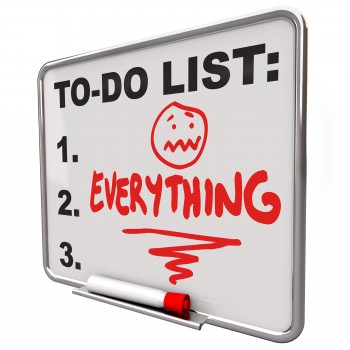
Is this you after reading UX blogs?
The best user experiences focus on a long-term goal, while design trends are ever-changing, so it can feel taxing trying to keep up. When you have dozens of reputable sources promising tips and tricks to tweak your next project, the task of designing your digital product can feel even more overwhelming.
How do you avoid the trap of getting bogged down in the details, while still feeling like you’re doing the best that you can? Especially when you’ve got all the other aspects of running a business on your hands, holding onto both quality and sanity can be difficult.
That’s why today we want to offer a few gems of UX wisdom that you won’t hear in other blogs and resources – tips and tricks designed to actually help cut back on your options and release some of the pressure from what should be a fun pursuit. Try these out for yourself, and tell us what you think!
1. Never forget: You CAN fix it later.
One huge tenet of user experience design is the concept of ‘iteration’. Because you’re designing for actual humans in the actual real world, you’re always going to mess up along the way.
Most good products, whether digital or analog, have a really long iteration story. That is, the designers went through several versions before they got to the one that you’re ultimately using. Iteration can feel like a daunting task; it’s like writing a paper and then endlessly revising it.
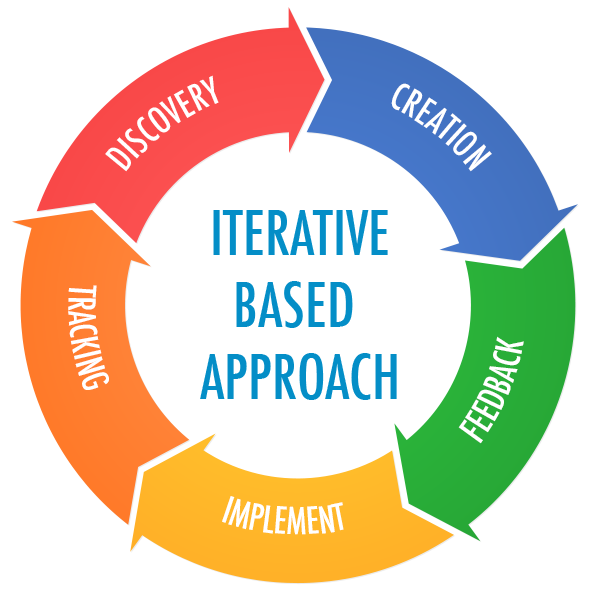
But on the bright side, it’s a marvelous thing that UX design already has a philosophy of constant change built in. No one expects your product to remain the same forever – even after it’s already launch.
Even if your original design doesn’t have any serious flaws, it’s going to have to change eventually to keep up with design trends and audience shifts. Think about it: even companies like Google have gone through major logo and functionality changes.

Hey, if Google did it…
And you can’t throw a rock without hitting a new Facebook interface update. The nice thing about digital audiences is that while they’re finicky, they have a pretty short-term memory because the digital world moves at such a rapid pace.
In other words, don’t sweat the small stuff and know that you can always come back and fix it later – whatever ‘it’ is.
2. Ugly can work.
The thing about digital interfaces is that while beauty and elegance are certainly valued, they’re not the only thing that users care about.
You know how beauty pageants say they judge contestants on more than just looks? Well, the UX field is like that – except that it’s actually true! What might look like ‘ugly’ or ‘plain’ design can actually work well if it fills a genuine need of the people that use it.
And often, users will respond positively to a digital experience as long as:
- it is relevant to their needs
- the path to making a decision is clear and
- it solves a problem for them.
Need some large-scale proof that ugly or simple can work? Check out Craigslist, Reddit, and Quora.
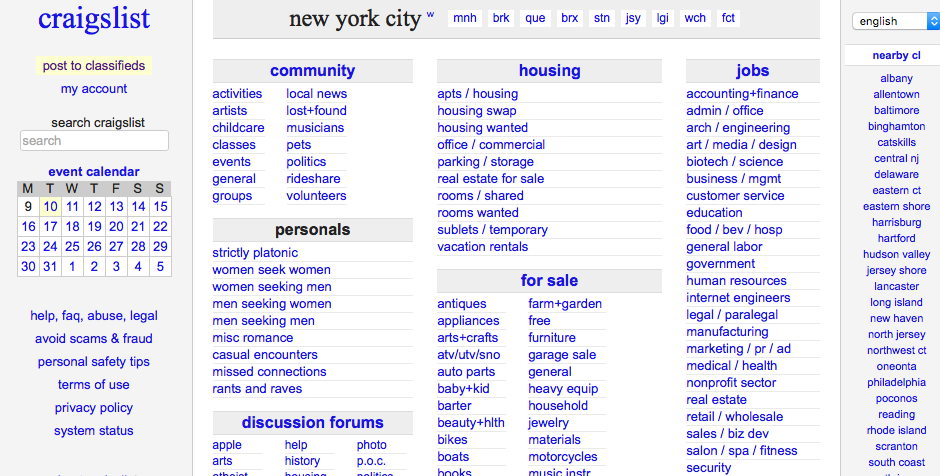
Not the prettiest, but we’re all used it.
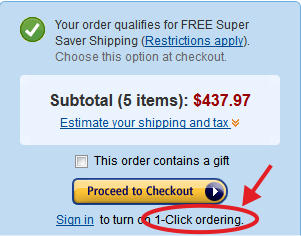
Amazon’s checkout UI
These quaint, ‘plain Jane’ interfaces almost warp you back to the ‘stone-age’ internet when the White House website still had clip art as its navigation images. Just like that White House website, Craigslist and Reddit have fairly significant traffic and serve a ton of diverse users. Amazon, another heavy hitter, arguably has some pretty ‘ugly’ features that still work great.
Their orange gloss checkout button is a great example. It’s not the orange you would paint a house in (mostly) but it certainly catches your eye and gets the job done. You don’t always have to shoot for the prettiest design to come out on top!
When torn between many product development decisions, make sure to first focus on learning what your customers need most, and give them the solution that is the more relevant and easy to use than alternatives. Pretty can always come later.
3. Simple ≠ minimal
Einstein once famously said “Everything should be made as simple as possible, but not simpler.” He was hinting that you CAN make something too simple.
One thing a lot of designers and entrepreneurs stress themselves out over is trying to create the ultimate “minimalistic” design. The reality is , a minimalist design is no longer “simple” when you take out information that people rely on – it just becomes confusing. Aesthetics should never replace the importance of functionality and usability.
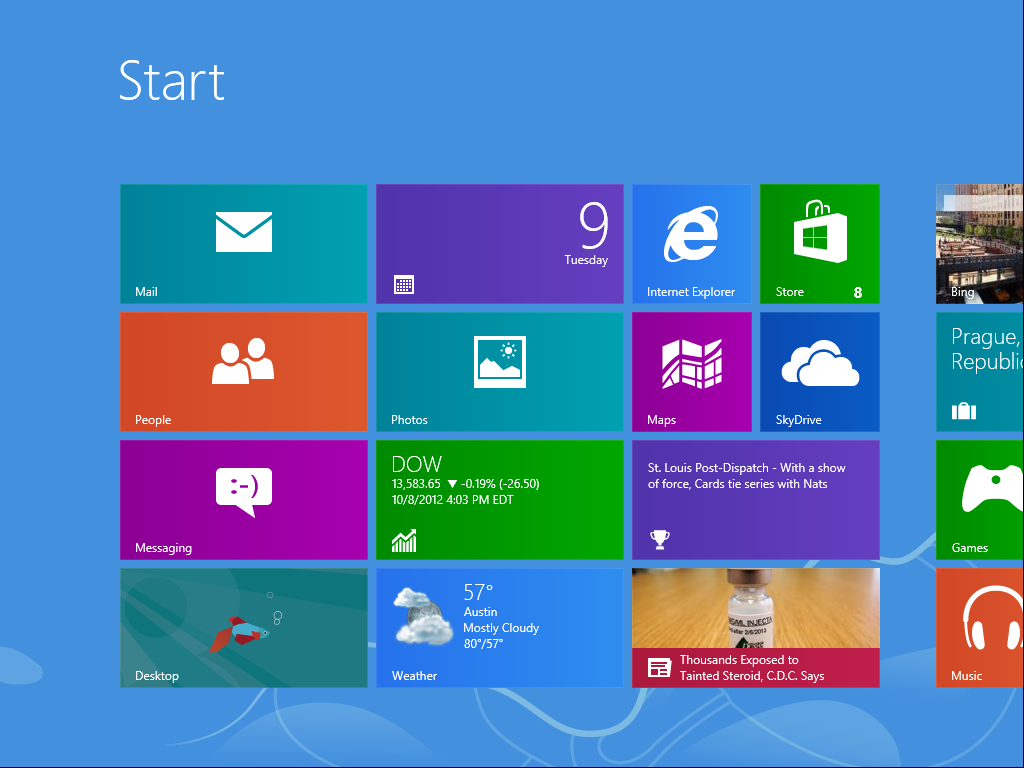
Remember… this???
So what is simplicity really about then? Well, two things: comprehension and clarity. Designs must make it easy for people to understand what’s going on now and exactly what they can do next.
So, at least for now, don’t spend too much of your time trying to make a clean, minimalist product. Focus on creating something functional… and usable. See how people respond, and adjust accordingly!
4. Maybe you need a little help along the way
There are a ton of resources dedicated to helping you do UX yourself, or to develop a solid in-house UX team. And there are certainly advantages to securing people in your team who will guide your design and development work for the long haul.
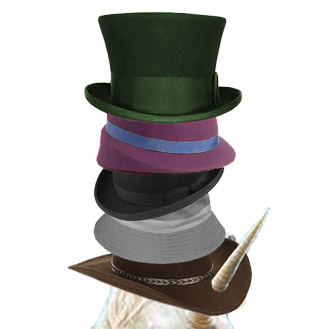
Wear too many hats and something’s bound to slip!
The trouble, beyond costs, is that it can be a real challenge for any one person (even those rare full-stack UX unicorns) to be a UX team of one. You might think you’ve got a genius on your hands, but even that genius could use an extra pair of eyes and a sounding board to bounce ideas off of.
Lucky for you, there are some exciting trends in User Experience Optimization that allow you to get quick, affordable insights into how to improve the UX of your digital product. Hire a UX consultant to do simple weekly or monthly tasks such as running a few user tests, providing short reports on trends in people’s behavior on your website, or getting an expert UX review.
If you ever get to the point where you feel ‘stuck’ with stagnant conversions or high user churn, consider bringing on a user experience optimization expert. A UX expert pinpoints key issues, tests alternative design options, and helps implement the best solutions. And at a minimum, a fresh set of eyes will bring an outside perspective to your project.
What’s more, UX experts are pretty savvy when it comes to both the latest design trends and foundational UX principles. They can help take one more thing off your busy plate.
“Focus on being productive not busy” – Tim Ferris.
